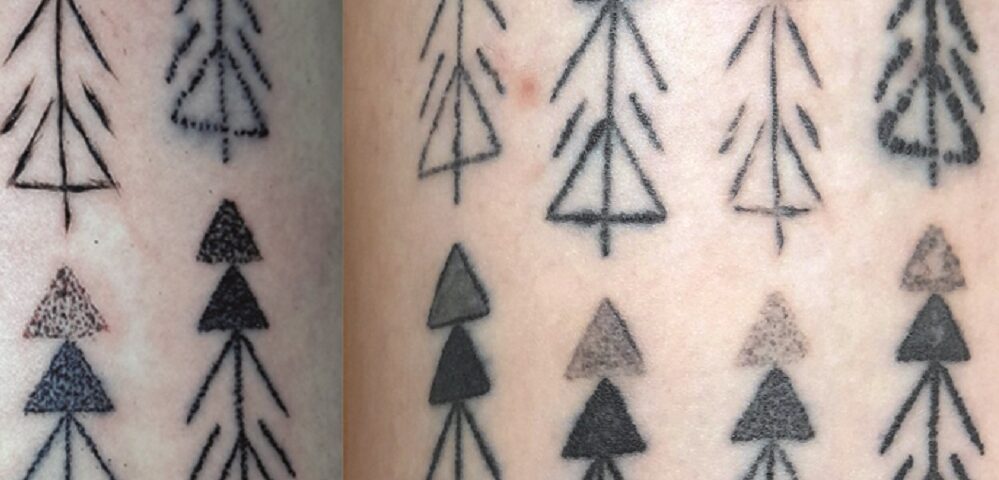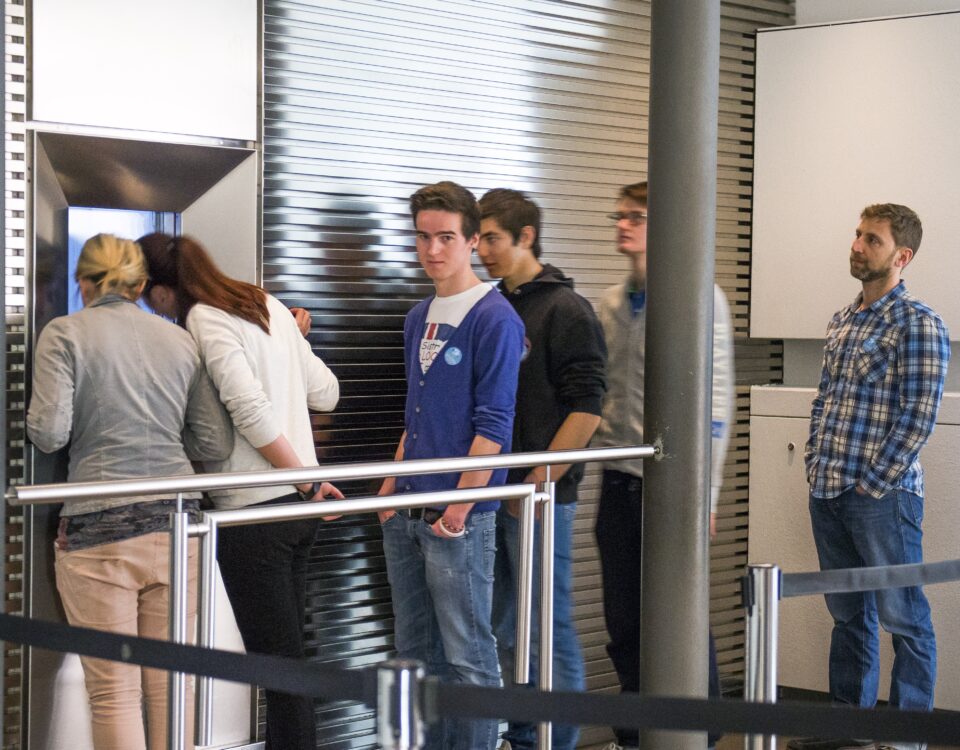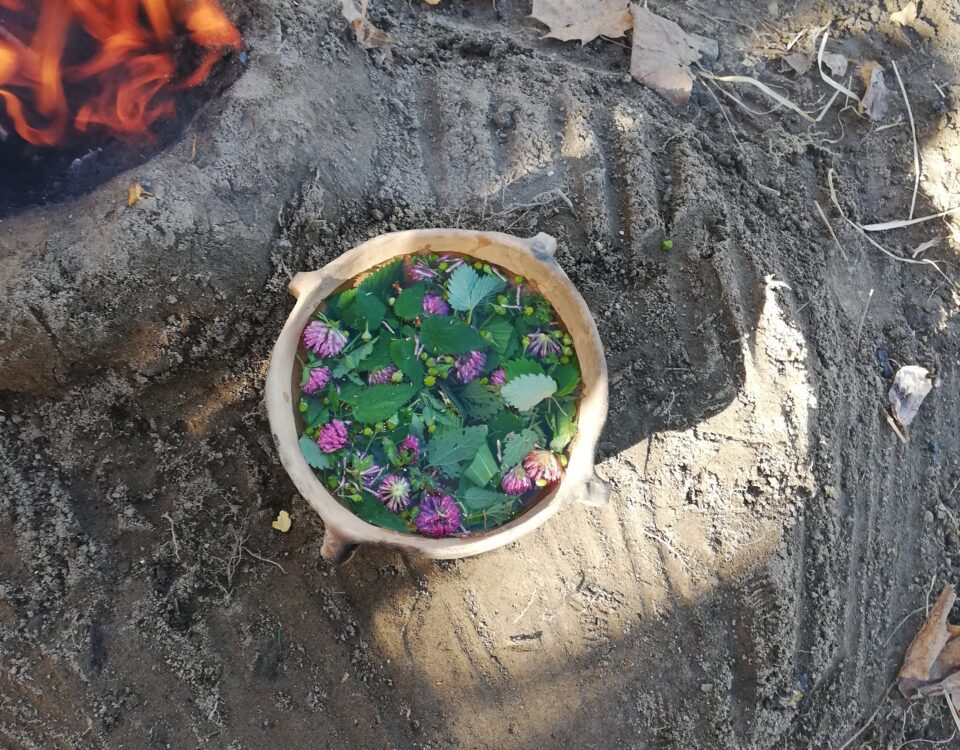
Ötzi’s tattooing technique through self-experimentation
Ötzi the Iceman has a total of 61 tattoos on his body. These black lines and crosses are mostly on his joints, spinal column, calves, a wrist, and his chest. They are all in places that probably caused him pain, whether due to wear on the joints, spinal disk problems, gallstones, etc. Therefore, the view which has prevailed in research is that the Iceman’s tattoos were not really used as body decoration, but rather as a type of pain treatment.
However, it has remained unclear what tattooing technique was used. Until now it was assumed that incisions were made in Ötzi’s skin using flint, and charcoal ash was rubbed into the wound.
In 2022 four professional tattoo artists dared to conduct a scientifically supported self-experiment. Tattoo artist Danny Riday from The Temple Tattoo in New Zealand had the same motif tattooed on his leg using eight different tools and four different tattooing techniques in collaboration with tattoo experts Benoit Robitaille, Aurélien Burlot, and Maya Sialuk Jacobsen.
One year later the healed tattoos were examined and compared to photos of the Iceman’s tattoos. According to the team, the research results indicate that Ötzi’s tattoos were created by hand-poking with a single-pointed tool. Archaeologist Aaron Deter-Wolf suspects they were “likely using either a bone or copper awl.” Deter-Wolf is the lead author of the study and an expert in ancient tattoos at the federal Division of Archaeology in Nashville, Tennessee, USA.
The authors are aware that the experiment on fresh human skin can only be approximately compared to the condition of the original mummy (mummification, loss of the epidermis, 5,000 years vs. 1 year). Nevertheless, they are certain that this experimental archaeological project can help to expand the current understanding of ancient tattooing methods and to reconsider future archaeological tool discoveries with regard to their use as tattooing instruments.
The Iceman’s tattoos are some of the oldest known to date. This suggests it was already a complex and widespread skill in his time.
This experimental archaeological study was published in the European Journal of Archaeology.
Photo:
Tattoos on Danny Riday’s leg the day they were made (left) and six months later (right).
Upper row, from left to right: Single bone point hand tapped; Copper awl hand poked; Obsidian incised; Bone needle subdermal.
Lower row, from left to right: Boar tusk comb hand tapped; Modern steel needle hand poked; Bone point hand poked; Obsidian hand poked.
(c) Danny Riday in: Deter-Wolf, A. / Riday, D. / Sialuk Jacobsen, M.: Examining the Physical Signatures of Pre-Electric Tattooing Tools and Techniques. In: EXARC Journal Issue 2022/3, fig. 5.








